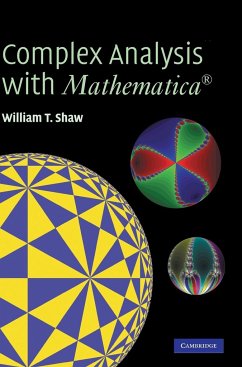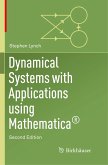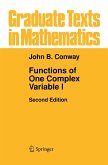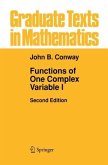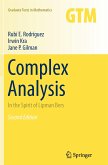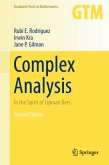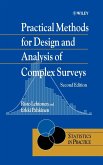Complex Analysis with Mathematica offers a way of learning and teaching a subject that lies at the heart of many areas of pure and applied mathematics, physics, engineering and even art. This book offers teachers and students an opportunity to learn about complex numbers in a state-of-the-art computational environment. The innovative approach also offers insights into many areas too often neglected in a student treatment, including complex chaos and mathematical art. Thus readers can also use the book for self-study and for enrichment. The use of Mathematica enables the author to cover several topics that are often absent from a traditional treatment. Students are also led, optionally, into cubic or quartic equations, investigations of symmetric chaos and advanced conformal mapping. A CD is included which contains a live version of the book: in particular all the Mathematica code enables the user to run computer experiments.
Hinweis: Dieser Artikel kann nur an eine deutsche Lieferadresse ausgeliefert werden.
Hinweis: Dieser Artikel kann nur an eine deutsche Lieferadresse ausgeliefert werden.
'William Shaw's Complex Analysis with Mathematica is a remarkable achievement. It masterfully combines excellent expositions of the beauties and subtlety of complex analysis, and several of its applications to physical theory, with clear explanations of the flexibility and the power of Mathematica for computing and for generating marvellous graphical displays.' Roger Penrose, University of Oxford

